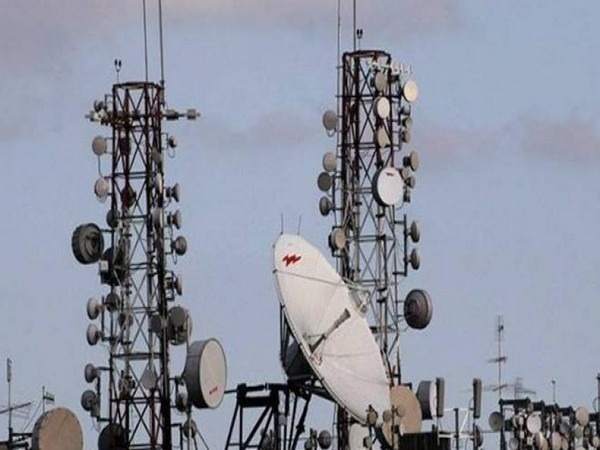New Delhi [India]: Reliance Jio has emerged as the clear leader in India’s telecom market for the second consecutive month, adding a 1.7 million active subscribers in September 2024, according to the latest data from the Telecom Regulatory Authority of India (TRAI) as quoted by a Morgan Stanley research report.
This continued surge contrasts sharply with the losses faced by Bharti Airtel and Vodafone Idea (Vi), which lost 1.3 million and 3.1 million active subscribers, respectively.
The overall telecom industry saw a decline of 1.5 million active subscribers, marking the third consecutive month of subscriber losses. This drop brings the total active subscriber base to 1.06 billion.
The trend suggests potential SIM consolidation, particularly in B and C circles, where subscriber counts fell by 3.2 million and 0.9 million, respectively.
Meanwhile, metropolitan and A circles saw gains, with 1.8 million and 0.7 million subscribers added, indicating stronger tariff absorption in urban markets.
Jio’s success is attributed to its strategic decisions to avoid tariff hikes, particularly in the feature phone segment, which has proven to be highly appealing to price-sensitive customers.
According to Morgan Stanley, “Reliance Jio tweaked some of its geographic-specific ISD (International Subscriber dialling) plans, launched last month, although other TSPs do not have any geographic-specific ISD plans. It reduced price of its ISD Pack (Bangladesh) from Rs49 to Rs47 (seven-day validity, 20 minutes ISD calling).
“Reliance Jio increased the price of its ISD Pack (Australia, New Zealand) from Rs69 to Rs75 (seven-day validity, 15 minutes ISD calling). It also expanded the coverage of its ISD plan of Rs79 (seven-day validity, 10 minutes ISD Calling, for UK, Spain, Germany) to now cover France,” added Morgan Stanley.
Meanwhile according to a Jefferies report, “Lack of tariff hikes by BSNL/MTNL and no tariff hike in feature phone segment by Jio continues to support market share gains.”
In addition, Jio has been adjusting its international subscriber dialling (ISD) plans to offer more attractive options.
BSNL, which had seen significant gains in the past two months, experienced a slowdown in September. The state-owned operator added 1.5 million wireless data broadband subscribers, a notable drop from the average of 5.6 million in July and August.
Additionally, BSNL lost subscribers in six circles, indicating that its market share gains are moderating. Despite this, the lack of tariff hikes from BSNL and MTNL continues to offer an advantage in certain price-sensitive markets, adding a combined 1.2 million subscribers.
However, analysts suggest that while BSNL and MTNL may continue to capture some market share due to their lower tariffs, they are unlikely to significantly challenge the dominance of Jio and Airtel in the long term.
Their growth potential is seen as limited, especially in the face of Jio’s continued expansion and premium offerings.
The wireline broadband segment also saw moderated growth in September, with net additions of 0.79 million subscribers, down from 0.86 million in August.
Despite this, Jio and Airtel continued to make strong strides, with Jio adding 0.62 million subscribers, taking its market share to 32.5 per cent, and Airtel adding 0.19 million, bringing its market share to 19.4 per cent. BSNL, however, faced a setback, losing over 52,000 wireline subscribers.
The recent declines in subscriber numbers from private telcos can be attributed to the tariff hikes implemented in July 2024, with private players losing a combined total of 10.9 million subscribers. BSNL, in contrast, gained 0.8 million subscribers, benefiting from its lower pricing strategy.


